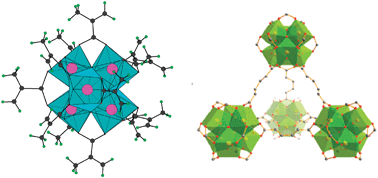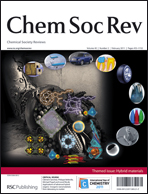Cluster-based inorganic–organic hybrid materials†
Abstract
Clusters as building blocks have been used for two types of inorganic–organic hybrid materials. The first are hybrid

- This article is part of the themed collection: Hybrid materials

 Please wait while we load your content...
Please wait while we load your content...